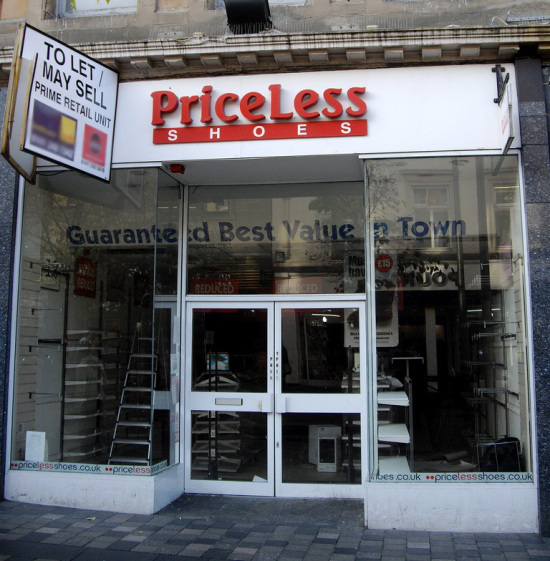Whenever you visit the high street, no matter what town you live in, you are bound to walk past a number of boarded up shops. Since 2009 the number of vacant retail properties has slowly increased, but 2012 saw the first promising drop.

Last year, retail vacancy rates fell from 14.3 per cent to 14.2 per cent, according to the Local Data Company (LDC). Although 0.1 per cent is a very minimal drop, it is still a drop nonetheless. The areas that have been filling their empty premises are the East Midlands, London and Yorkshire and The Humber. The rest of the UK saw an increase in empty shop rates.
But 2013 is already looking to follow in the footsteps of the previous three years, especially given that there have been three high profile administrations in the first few weeks of this year already, with Blockbusters, HMV and Jessops all succumbing to pressure.
Speaking of the slight fall in shop vacancy rates and the challenge facing retailers this year, Matthew Hopkinson LDC Director, said: “Online is driving growth for a majority of retailers and so 2013 is all about the supporting role that shops will have as ‘customer experience’ centres and showrooms as much as transactions through their tills.
“Inevitably this means fewer shops will be required as our net closures data shows, and as such one can expect this divergence in performance to grow.
“The pressure between online and rising costs of running a shop on the high street due to rents, rates and parking charges, is likely to become an increasingly hot topic.”
England was the best performing country with a rate of 13.9 per cent, whilst Wales was the worst with 18 per cent. Scotland fell in the middle with 15.5 per cent. But it continues to be a challenging time for all high street retailers no matter where they are located, with the increasing growing competition from the online market. With the 4g auction over and many mobile networks wanting a piece of the pie, it is only going to get tougher for the high street.
“The big unknown is how technology will continue to channel and mould consumer spending habits and to what effect as bricks as clicks take the lead role?” Matthew asked.
What do you think? Share your comments with us below.